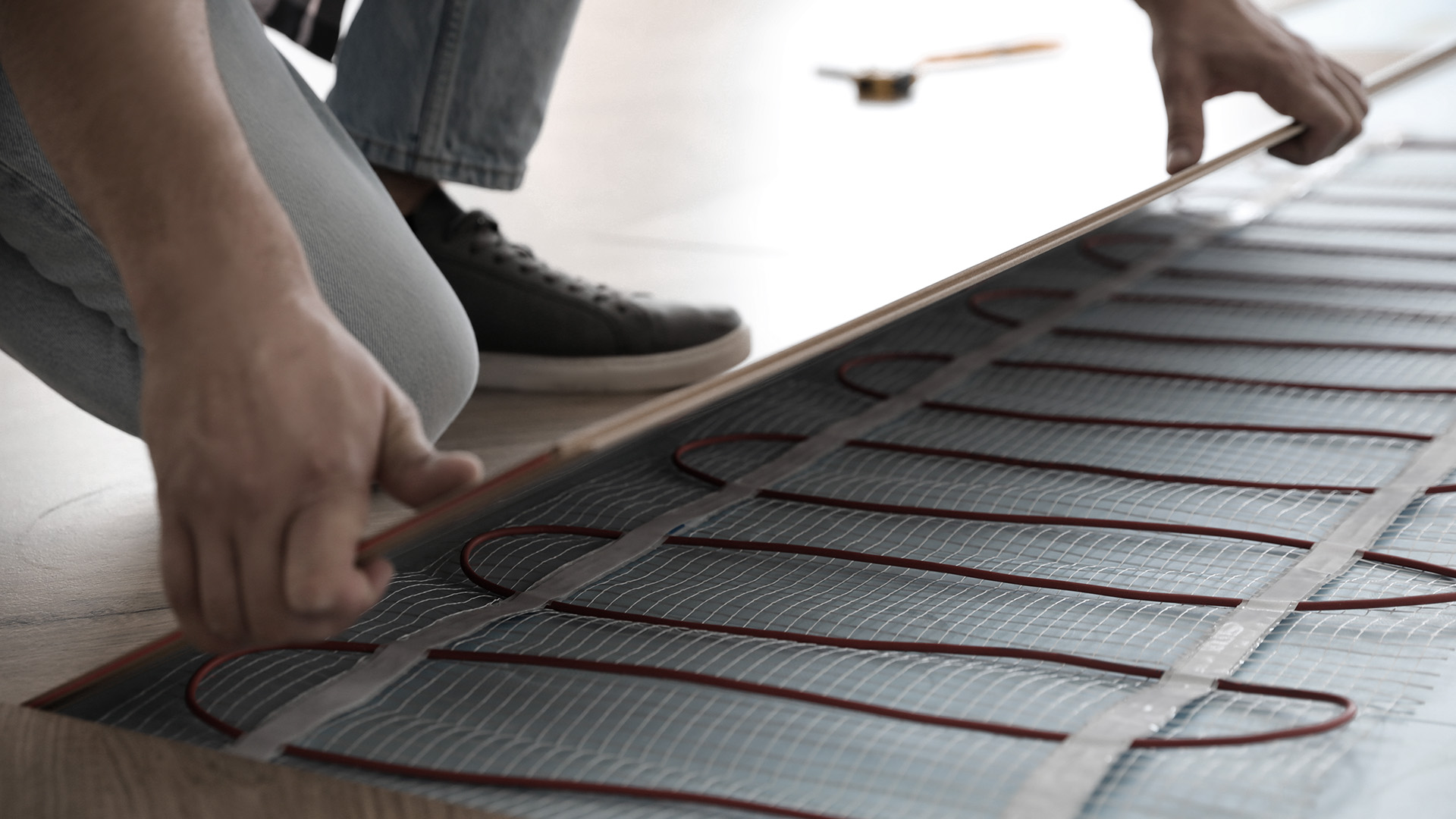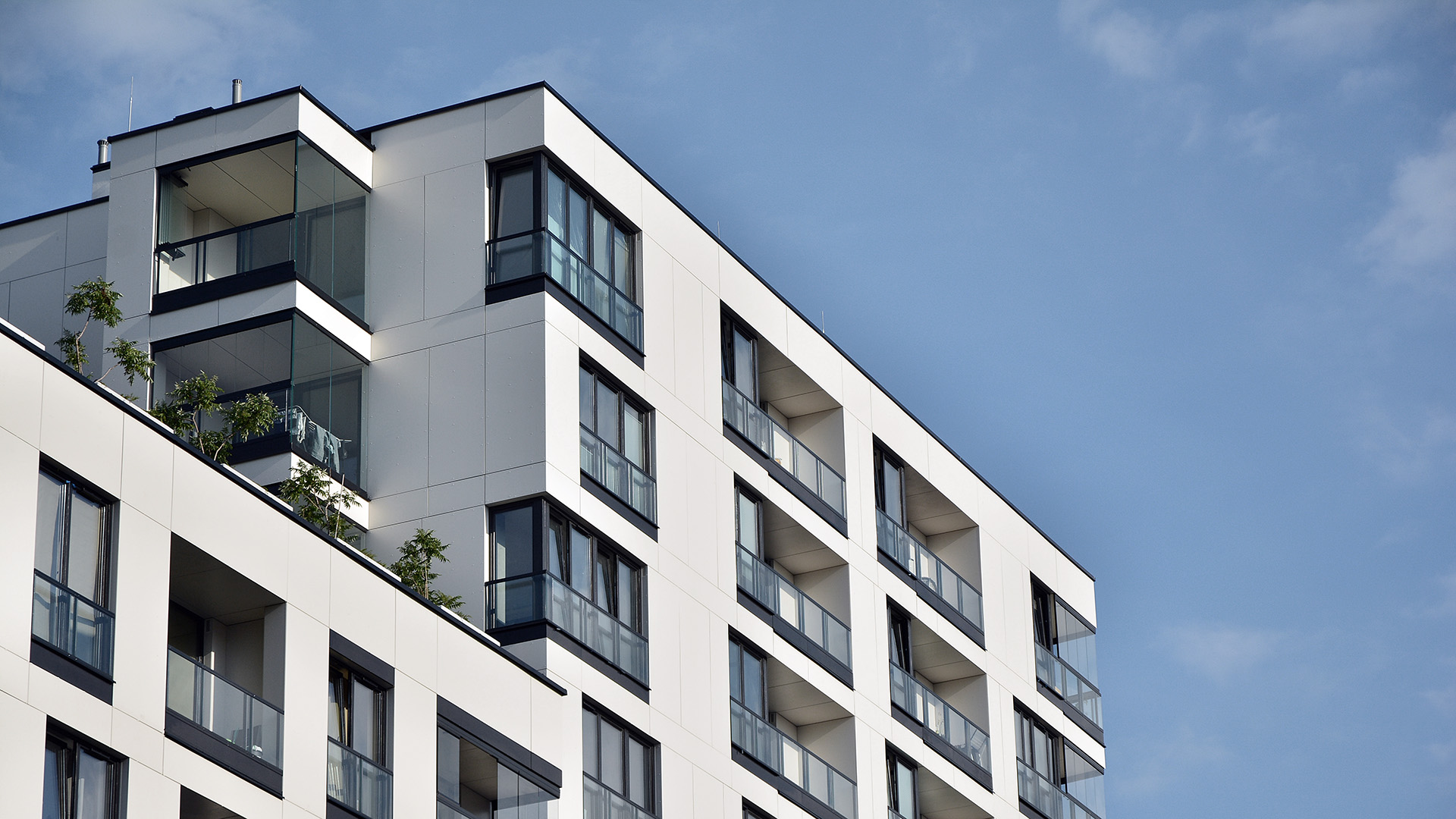On 9 November 2016, the Finnish Supreme Court issued precedent KKO 2016:79 (link to judgment in Finnish), which takes a position on contractors’ liability after the guarantee period.
Finnish Supreme Court Rules on Contractor’s Liability After Guarantee Period due to Material Neglect of Quality Assurance

Related services
Section 30 of the Finnish general conditions for building contracts (YSE 1998) purposefully limits the liability of the contractor after the guarantee period so that the only admissible ground for liability is gross negligence, work left uncompleted or a material neglect of agreed quality assurance. Furthermore, the client must prove it could not have noticed the defect in the handover inspection or during the guarantee period.
In the decision now in question, the Supreme Court examined whether a contractor was liable for a defect on the grounds that it had materially neglected to perform agreed quality assurance measures. In addition to ruling on the fulfilment of the liability criteria, the Supreme Court confirmed that the contractor’s liability for the negligence of its subcontractors also covers the period after the guarantee period, in accordance with the general liability provisions of YSE section 24.
Evaluation of the Neglect of Quality Assurance
In the case discussed in the precedent, the contract concerned a hall building that was partially a depot and partially in public use. Fairly quickly after the end of the guarantee period, the building’s roof had sagged. The cause was that the profiled sheet used as a load bearing structure had insufficient supporting strength and did not fulfil the requirements of the structural designs. The profiled sheet had been supplied by a subsupplier of the main contractor, and the underlying reason for the issue proved to be a dimensioning error in the subsupplier’s software.
The Supreme Court stated that the assessment of the grounds for liability under YSE section 30 concerns compliance with the quality assurance required by the contract documents or other separately agreed inspection measures.
In the case in question, quality assurance provisions were included in various different contract documents, but the work specification contained specific references to a section of the National Building Code of Finland concerning steel structures, which was consequently deemed to have become binding on the parties. The referred regulations required that if the steel structure is not manufactured under supervision of an approved inspection bureau, the quality of such delivery must be ensured through ‘special measures’.
When assessing the materiality of the neglect of quality assurance, the Supreme Court took into account the performance that the quality assurance relates to, and the degree to which the actions taken deviated from such level of quality assurance measures considered to be proper and sufficient.
It was undisputed in the case that the erroneous dimensioning that caused the roof issue had taken place already in the manufacturing phase of the profiled sheets, and the consequential low bearing could not have been detected by the main contractor on site.
Nevertheless, the Supreme Court concluded that the contractor and its subcontractor had not complied with sufficient quality assurance measures deemed to have been agreed in the contract documents, including those provisions of the National Building Code with respect to the load-bearing steel sheets that were generally applied at the time.
Despite the main contractor arguing at each court instance that it had complied with completely customary quality assurance measures, the Supreme Court was of the opinion that the tension resistance tests carried out by the main contractor did not verify the load-bearing capability of the sheets, but only strength of their mounting. As other measures mainly concerned visual inspection of the profile sheets, the actions did not fulfil the agreed quality assurance obligation and in the Supreme Court’s opinion were insufficient to detect the type of defect in question.
Risk of Serious Consequences a Factor Raising the Level of Care Expected?
Upon closer inspection of the Supreme Court’s statements of reasoning, one can observe that emphasis was also given to factors other than the main question of whether the contractor complied with agreed quality assurance measures (the contents of which could even be seen to be partially unspecified).
In paragraphs 20 and 22 of the reasoning of the judgment, the Supreme Court takes a position on factors that raise the level of care customarily required of a contractor. Certain reliance on ensuring safe building practices has been detectably in previous case law, as well, however now the Supreme Court expressly stated that a defect in a load-bearing structure is a key factor affecting usability and safety of the entire building, and defects in said structure, thus, entail a risk of serious consequences.
In this case, the purpose of use of the hall (large numbers of people frequenting) should have been indication to the contractor that a high degree of care would be required with respect to work concerning load-bearing structures. The Supreme Court also made a general statement that the importance of quality assurance always increases when the measures relate to the procurement of materials or parts that have a crucial effect on the strength and safety of use of a building.
Although the Supreme Court avoided taking a position on gross negligence as a separate ground for liability (also applicable under the same YSE section 30), construction business professionals and lawyers may feel tempted to generalise the implications of this KKO 2016:79 precedent’s increased level of care doctrines. However, the potentially high-risk consequence of a negligent act should not be given exclusive significance, even though legal literature, too, has deemed that knowledge of risk of considerable damage can be used as a supplementary factor when assessing the degree of negligence.



